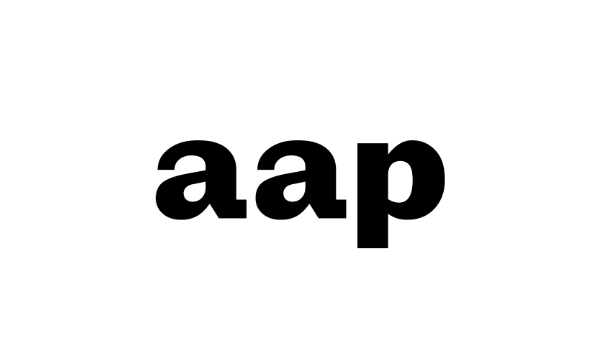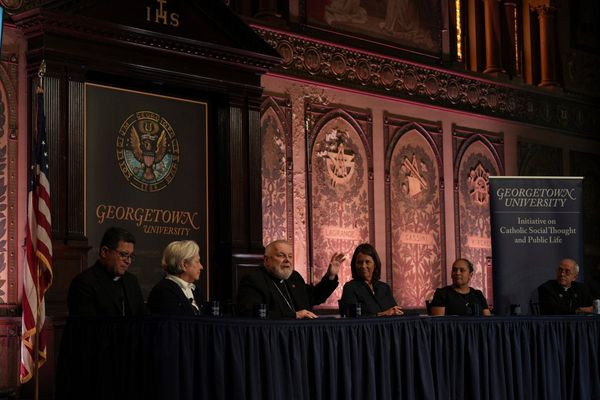
In the lead-up to the next four-year school funding deal, the federal education minister Jason Clare has commissioned a review into a better and fairer school system. In its recently released consultation paper, the review asked “What contributes to poor performance?” Its first answer? “Australia’s schools are highly segregated along socio-economic lines.”
The review stated that Australia has one of the most socially segregated school systems in the OECD; concentrations of disadvantage are increasing; and this is harming student learning outcomes. It pointed to evidence that a child from a disadvantaged family who attends a school surrounded by similarly disadvantaged peers will be three years of learning behind a child from the same background who attends an advantaged school.
This finding is not new. In fact, the Gonski review said exactly the same thing. So has the Australian Council for Educational Research and many education researchers. And when you think about it, the reasons are obvious.
In a classroom where most of the children are from disadvantaged backgrounds, there will likely be a much greater demand on teacher time and therefore less individualised attention. Behavioural issues and low student engagement tend to reduce time on task, and make it harder to create a strong culture of learning. This all shapes how lessons and units are designed, and academic subjects are less likely to be offered. It all takes a toll on teacher morale, hence these schools find it much more challenging to recruit and retain teachers.
Why does Australia have a highly socially segregated school system? Because we have an internationally unique dual system of schools – some public, free and inclusive, and others private, fee-charging and exclusive. They all get public funding, but ever-increasing fees inevitably restrict the access of low-income families to the private schools. Additionally, selective enrolment practices in a variety of schools exclude low-achieving students, while resource advantages enable some schools to attract high-performing students.
To make matters worse, governments have chosen to provide much greater funding increases to nongovernment schools. This gives private schools a huge marketing advantage, allowing them to advertise smaller class sizes and flashy facilities, and lure those who can afford the fees away from the public system. At the other end, the overwhelming majority of disadvantaged students are lumped together, producing all the problems policymakers know too well.
But it doesn’t have to be like this.
If you walk into a Catholic school in Ontario, Canada, you will find that it is as Catholic as any Australian Catholic school in terms of its curriculum, ethos and governance. But it will also be as public as any Australian public school in that it is free and it enrols students on an inclusive basis. Because all schools are fully publicly funded and don’t charge fees, Canada’s schools are much more socioeconomically mixed.
Canada consistently outperforms Australia in standardised tests. Disadvantaged Canadian students express a much stronger belonging at school and more optimism about their future than their Australian counterparts. In other words, Canada offers an example of a better, fairer system where social disadvantage is much less concentrated – and schools are more focused on lifting the achievement of the students they have than on attracting the custom of the most able and advantaged.
We propose a similar common framework for all Australian schools. In return for public funding, all schools should meet corresponding public obligations. All schools, government and nongovernment alike, would be fully funded on a needs basis but prohibited from charging fees or applying selective enrolment practices other than to preserve their special religious or educational ethos. In other words, we can balance choice and fairness.
If debates about schools in Australia are any guide, such a proposal might seem impossible. After all, we’ve long believed that funding private schools creates a saving for the taxpayer. But many private schools receive more taxpayer funding than equivalent public schools. It would only require modest additional expenditure to meet the total cost of fully funding all nongovernment schools.
However, our proposal will require a significant amount of good faith and mutual trust in a space where there has not been an abundance of either. A good first step would be for Australian governments to explicitly articulate a clear, contemporary rationale for our dual system of public funded schools. This rationale should define the goals of our present approach, how they can be balanced and how they should be measured.
After all, if the goal of public funding of private schools is to increase choice then why do fees keep increasing far in excess of inflation? If the goal is to save taxpayers money, then why do many private schools receive more taxpayer funding than comparable public schools? If the goal is to lift all schools, why is that not happening? And why do we allow social segregation to widen the achievement gaps.
Defining and measuring our goals is the first step to acknowledging that we are not achieving them. Once we have done that, we will be in a better position to move towards a system that is more fair, provides more genuine choice and enhances equity, effectiveness and achievement at the same time.
• Tom Greenwell and Chris Bonnor are co-authors of Choice and Fairness: A Common Framework for all Australian Schools published by Australian Learning Lecture, and Waiting for Gonski: How Australia failed its schools







